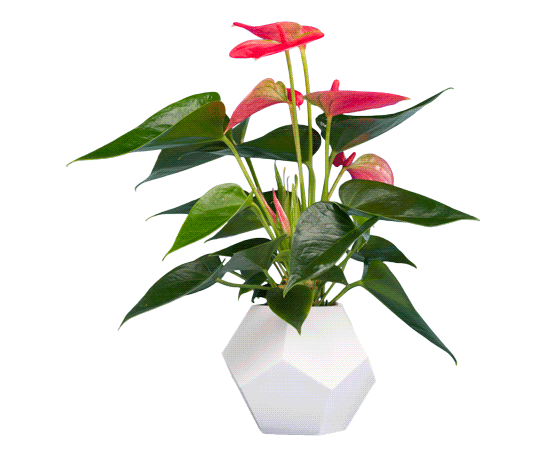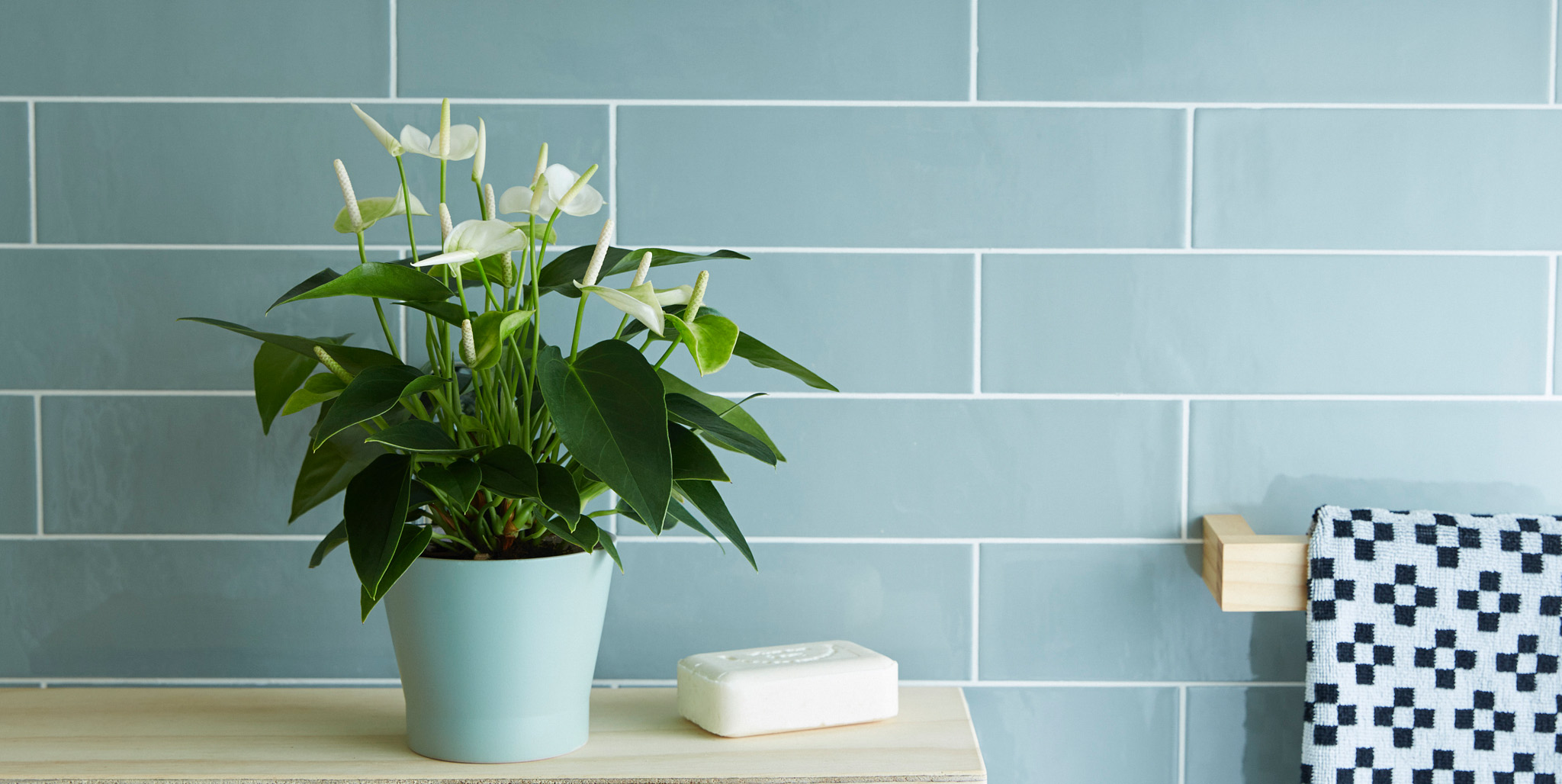
Many homes and offices have poor air quality due to an overly-high concentration of CO2 and volatile organic substances. This has a negative impact on the health of the people who live and work there. The Netherlands National Institute for Public Health and the Environment (RIVM) recommends keeping the quality of indoor air as high as possible.
According to the Netherlands National Institute for Public Health and the Environment (RIVM)
In every home you will find the carcinogenic substance radon. In 90% of the homes, the indoor air contains a lot of nitrogen oxide. In 60% of the homes, people suffer from volatile organic chemicals (VOC’s), and in 50% of the homes the air contains unhealthy volatile organic gases such as benzene and formaldehyde.
In high concentrations, formaldehyde is one of the most detrimental substances in the home. It is an invisible gas that can release a strong, unpleasant and pungent odour; the main emission sources of formaldehyde are chipboard and fibreboard, furniture, carpet, glue and interior materials.
The Netherlands National Institute for Public Health and the Environment (RIVM) indicates that this indoor air pollution is responsible for 2%-9% of the total disease burden.
Can plants really clean the air?
Certainly; as early as 1989, NASA research showed that indoor plants purify the air of unhealthy substances such as benzene, formaldehyde and trichlorethylene. Moreover, plants turn CO2 into oxygen, they absorb VOC in the leaves, and make dry air more humid.
Ongoing research (2018) from Wageningen: Environmental Research (Alterra) points to the fact that indoor plants have a positive effect on the health and well-being of people in offices and care facilities. Moreover, companies with plants can save considerably on the costs of artificial climate control.
How can I purify the air best?
Both the Netherlands National Institute for Public Health and the Environment (RIVM) and the Lung Foundation recommend opening a window regularly to refresh the air. In addition, place sufficient plants in the living environment to ensure the healthiest indoor climate.
What do plants do with harmful substances in the air?
In the cells of the plants’ leaves, the harmful substances are converted into other substances. The leaves, stems and roots of the plant are all connected to each other. Water, containing dissolved substances, is discharged via the roots of the plant. In addition, bacteria and fungi in the potting soil break down the substances.
How many plants per square meter are needed to purify a space?
That depends on the size on the plant and the pot. An Anthurium in a pot size of 14 cm (6 inch) requires only one plant per 4m2 to sufficiently purify the air.
Why do I need a 14 cm Anthurium per four square meters?
An Anthurium in a 14 cm (6 inch) pot, one of the most popular pot sizes, provides 10 m2 of clean air. Converted to square meters (at a standard ceiling height of 2.5 meter in buildings), one 14 cm (6 inch) pot Anthurium per 4m2 is needed to purify the air.
When does the air purifying effect of my Anthurium stop?
The Anthurium leaf guarantees the air purifying effect, so as long as the plant has green leaves, the air will be purified. Even an Anthurium without flowers retains its air-purifying capacity.
What is formaldehyde?
Formaldehyde is one of the most harmful volatile organic compounds (VOC) present in all homes, offices and public areas. The concentration of formaldehyde in the indoor air is different in each room, just as the effect on health is different from person to person. On the one hand there is long-term exposure to relatively low concentrations of formaldehyde that can cause eye, nose and throat irritation. On the other hand, there may be peak moments due to daily activities. The maximum permissible concentration for indoor environments is ten micrograms per cubic meter. However, an average of 30 micrograms per cubic meter is found in rooms in Europe.
Where does the harmful substance formaldehyde come from?
Furniture, carpeting, glue, interior materials, chipboard and fibreboard are the main sources of long-term and constant emission of formaldehyde.
However, human activities such as cooking, smoking and cleaning can also cause a peak in formaldehyde emission. Indoors the concentration of formaldehyde is up to ten times higher than outdoors.
Why is formaldehyde harmful to health?
Various scientific studies show that formaldehyde is harmful to health. Formaldehyde can cause symptoms such as headaches, fatigue and irritation of the nose, throat and eyes. On average there are 30 micrograms per cubic meter in rooms in Europe, while 10 micrograms is the maximum permitted concentration.
What other harmful substances air are purified by Anthuriums?
In addition to VOC gasses, it has been proven that Anthurium plants also purify gases such as ammonia (present in cleaning agents), xylene (from printing, leather, paint and tobacco) and toluene (the main component of thinners).
How should I take care of an Anthurium?
Anthuriums should be placed in a light spot in the room, but not in direct sunlight or in the shade. Water them once a week with around 200 ml of lukewarm water. Prevent that the roots of the plant are under water.
The advice is to fertilize the Anthuriums once a month with special Anthurium fertilizer.
Anthuriums are tropical plants and do not like temperatures below 16°C. Avoid draft, which can cause damage to the plant.


